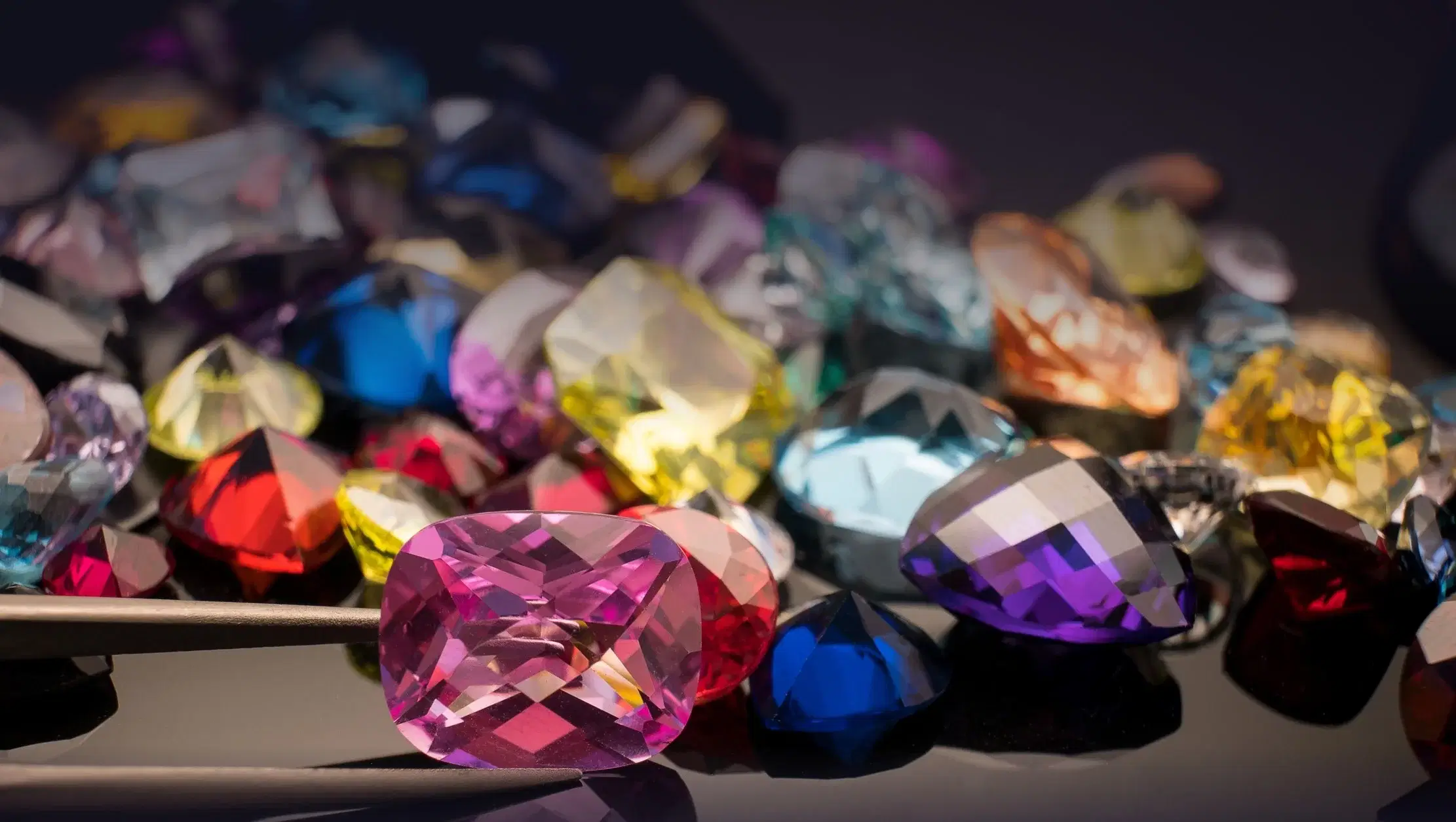The Royal Purple Diamond is a 7.34 purple gemstone whose origin and history have been largely shrouded in mystery. Due to the rarity of purple diamonds, this perfect heart cut stone has been one of the most treasured gems ever since it was discovered. The Gemological Institute of America has graded the diamond as a Fancy Vivid stone.
The Royal Purple Diamond holds the distinction as the largest purple diamond ever to be discovered. Therefore, you would expect the gem to have generated immense publicity during its cutting and faceting stages. However, unlike most large and unique diamonds, not much information is available on the Royal Purple Diamond. Perhaps it’s that mystery that makes gemologists quite interested in this diamond. The diamond is a real work of craftsmanship, considering its rare color, large size, and the fancy shape.
Etymology
Two major attributes of the gemstone inspire Royal Purple Heart Diamond. Those include the color and shape of the diamond.
We already mentioned how difficult it is to come by naturally occurring purple diamonds. And we also pointed out how finding large naturally-occurring gem-quality diamonds is even harder. Now, factor in the rare shape of the Royal Purple, and you’ll begin to appreciate this gemstone's uniqueness.
Heart shapes are reasonably challenging to cushion. It requires high craftsmanship, and cushioning heart shapes means shedding significant carats from the stone. So, for the Royal Purple to weigh a whopping 7.34 carats after cutting and processing, we can only imagine how heavier it might have possibly been as a rough diamond.
Once cushioned, heart shapes are known for their remarkable brilliance. Due to their elongated facets, heart-shaped diamonds absorb maximum ambient light and color before harnessing it and finally reflecting it back to the stone. That explains why the Royal Heart Diamond is one of the most sparkling pieces of rare gemstones ever discovered.

